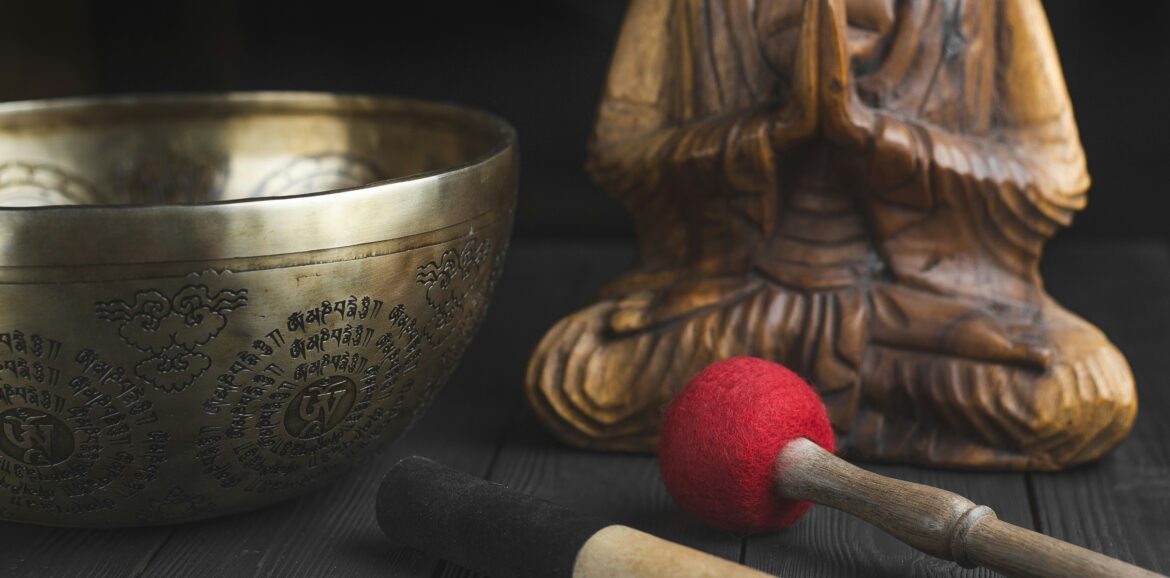I’m not much into affirmations or mantras, but sometimes there’s a saying or phrase that plays over and over in your head that you just can’t kick.
If something is going to take up that kind of space in your head, it may as well be something that drives your behavior in a super useful way. It should also be something that saves you tons of time and energy at work where you spend so much of your life and impacts other areas of your life.
That mantra has to do with charting.
Charting is one of the biggest contributors to burnout and one that can be addressed simply with your mind.
Charting is not separate from patient care; it IS patient care.
Mindful Doc Mom
Most doctors think about charting as an unpleasant part of medicine that you have to do in order to bill and keep your administrators (if you are employed) happy and off your back. It is something you do after a visit that is a burden and takes time and energy that is better spent on patient care or other things.
What I want to offer is that charting is not a separate, annoying part of patient care; it IS patient care.
Rather than thinking about charting as something you do outside of a visit, think of charting as a part of the visit. Your visit doesn’t end until your chart is closed.
And this is where one of the most useful mantras comes in that will shift how you practice medicine if you are someone with open charts and an overflowing inbox.
SEE A PATIENT, CLOSE A CHART.
Whether you choose to chart while seeing the patient and obtaining the history, chart immediately after, write everything yourself, use smart phrases in your electronic medical record, use a scribe, incorporate artificial intelligence, it really doesn’t matter. The thinking is exactly the same.
SEE A PATIENT, CLOSE A CHART.
That’s it. Simple. Right?!? Or maybe not.
For those with open charts, why aren’t you closing your charts right away?
There are several good reasons you may have for why your charts are open. These include some of the following:
I have too many patients to see.
It takes too much time; I’m going to run behind or I’m already behind.
I need to look this up … or talk to this person … or figure out a clear plan before I write it down permanently.
This is a complicated patient and I need more time to think about it.
I have to review more records or results or notes before solidifying a plan.
I don’t have enough information.
It takes too much effort right now.
I don’t want to.
I hate doing this.
I don’t want to chart in front of the patient or they’ll feel like I’m not paying attention or I’m not a good listener.
I get interrupted by staff messages, other patient calls, other people in clinic, etc.
What else? Can you think of any others???
All of these reasons are totally, one hundred percent valid and reasonable, but they are also not serving you in the best way.
Here’s the thing … if you think about charting as an integral part of your patient visit, then it would take A LOT for something to get in the way of that.
What would it take to get you to stop in the middle of a patient visit, excuse yourself, and leave the room?
For me, it would take an emergency call from my family or staff, an urgent call or page from another physician or colleague such as ER staff, or me being physically ill or urgently in need of a bathroom or something to that effect.
There is not much else I can think of that would get me to stop in the middle of a visit with a patient.
What if you thought about charting the same way?
If charting is an extension of your patient visit and a necessary part of the practice of medicine, instead of resisting it, why not embrace it as part of the experience of seeing a patient?
SEE A PATIENT, CLOSE A CHART.
Only true emergencies should prevent you from closing a chart after seeing a patient.
As a caveat, I recognize that this mindset may not work quite as well with my emergency and trauma medicine colleagues as it does for the vast majority of other specialties. Even so, I believe everyone in medicine can benefit to some extent from thinking of charting as an extension of the patient visit, placing the same priority on it as you would on diagnosing and managing medical problems themselves. Even in the world of emergency medicine, having this mindset can lead to creative ways of getting charts closed by harnessing the power of scribes and AI technology for example.
If you make something a priority, you will find a way to get it done.
A close second mantra to “see a patient, close a chart” in the world of medicine is “you don’t make time, you create time”.
By focusing your mind on this mantra, “see a patient, close a chart”, you can actually create time with your thoughts.
Give it a try and let me know how it goes. I’d love to hear back from you and any issue you may be having.
If you want to learn about working closer with me for 1:1 coaching, schedule a free call by clicking the link below.
https://calendly.com/mindfuldocmom/free-45-minute-mini-session






